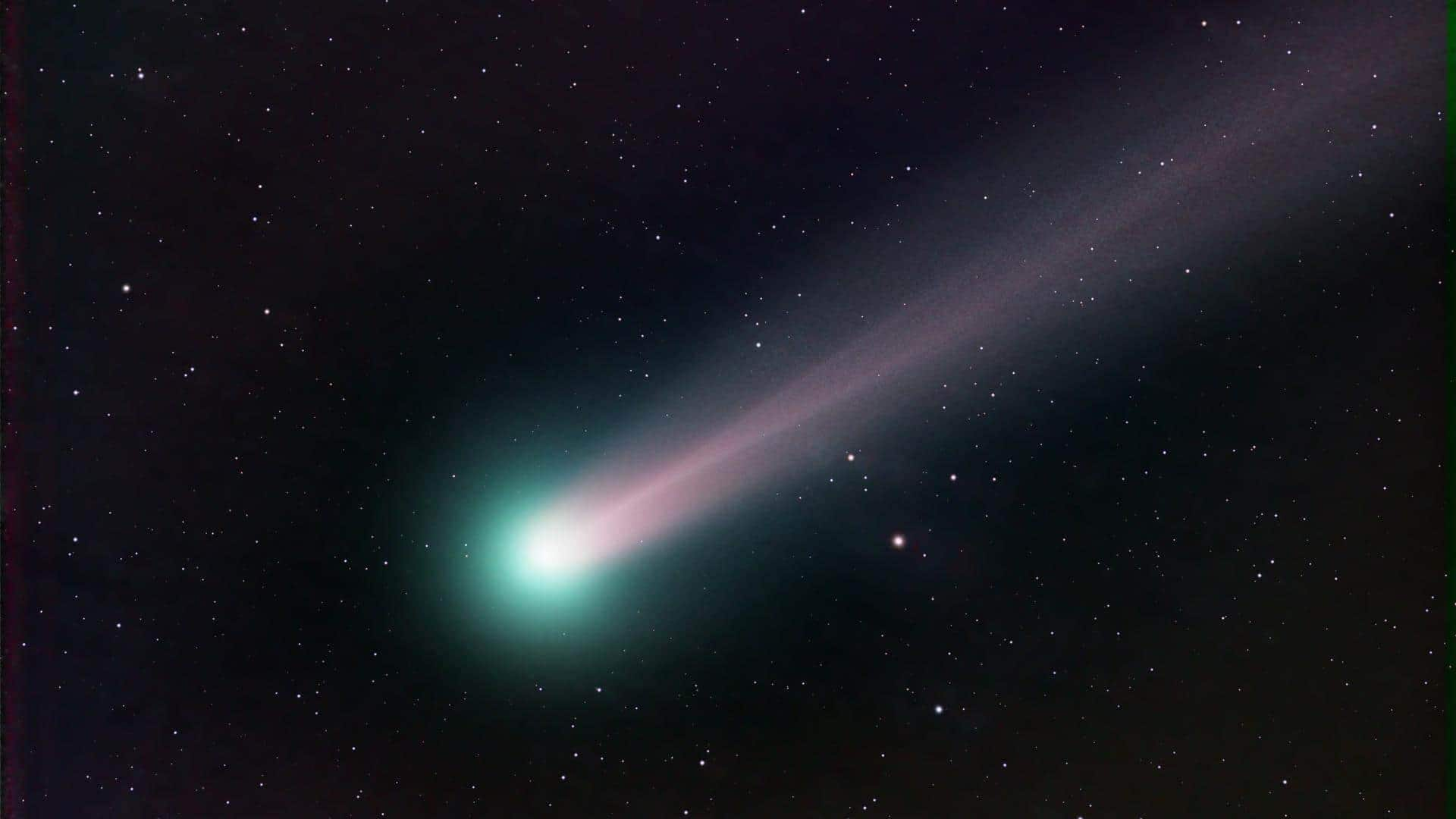
3I/ATLAS turns blue near Sun, defying typical comet behavior
What's the story
Astronomers have observed a surprising transformation in the interstellar object 3I/ATLAS. The third confirmed interstellar visitor to our solar system, 3I/ATLAS has turned distinctly blue and rapidly brightened as it neared the Sun on October 29. The unexpected changes in its optical properties have sparked renewed interest in the object's origin and behavior.
Brightness surge
'3I/ATLAS is now bluer than the Sun'
The interstellar object 3I/ATLAS has been observed to become significantly brighter than previously measured. Avi Loeb, head of the Galileo Project and founding director of Harvard University's Black Hole Initiative, commented on the observations. He shared on his blog that new images show the object becoming bluer than the Sun and much brighter than previously measured as it approached perihelion earlier this week.
Observational tools
Observations were made using space-based telescopes
The observations of 3I/ATLAS were made using instruments on NASA's STEREO-A, ESA's SOHO, and NOAA's GOES-19 satellites. Although the object is currently behind the Sun from Earth-based telescopes, its position was perfect for these space-based platforms. The sudden brightening of 3I/ATLAS has been several magnitudes higher than typical Oort Cloud comets, a phenomenon that is yet to be fully explained.
Brightness increase
Brightening raises questions about its composition
Observatory data showed that 3I/ATLAS got much brighter as it approached the Sun, with its brightness increasing sharply the closer it came. This rate of brightening is much higher than what we see in solar system comets, hinting at a possible difference in composition or surface reaction to solar radiation. The CCOR-1 instrument detected a diffuse glow up to 300,000km around the object, indicating active outgassing or sublimation processes possibly triggered by its approach toward the Sun.
Color change
Anomalies surrounding 3I/ATLAS since its discovery
The data has confirmed that 3I/ATLAS appeared bluer than the Sun, a characteristic inconsistent with known cometary behavior. This color change adds another puzzle to an already long list of anomalies surrounding 3I/ATLAS. Since its detection, astronomers have noted several irregularities in its trajectory, activity levels, and composition compared to natural interstellar visitors.
Upcoming observations
Closest approach to Earth in December
After its perihelion passage on October 29, 3I/ATLAS will soon reemerge from behind the Sun. Astronomers expect it to become visible again from Earth-based telescopes by late November, especially during twilight hours. The object is set to make its closest approach to Earth on December 19, when it will pass within observation range of both the Hubble Space Telescope and the James Webb Space Telescope (JWST).